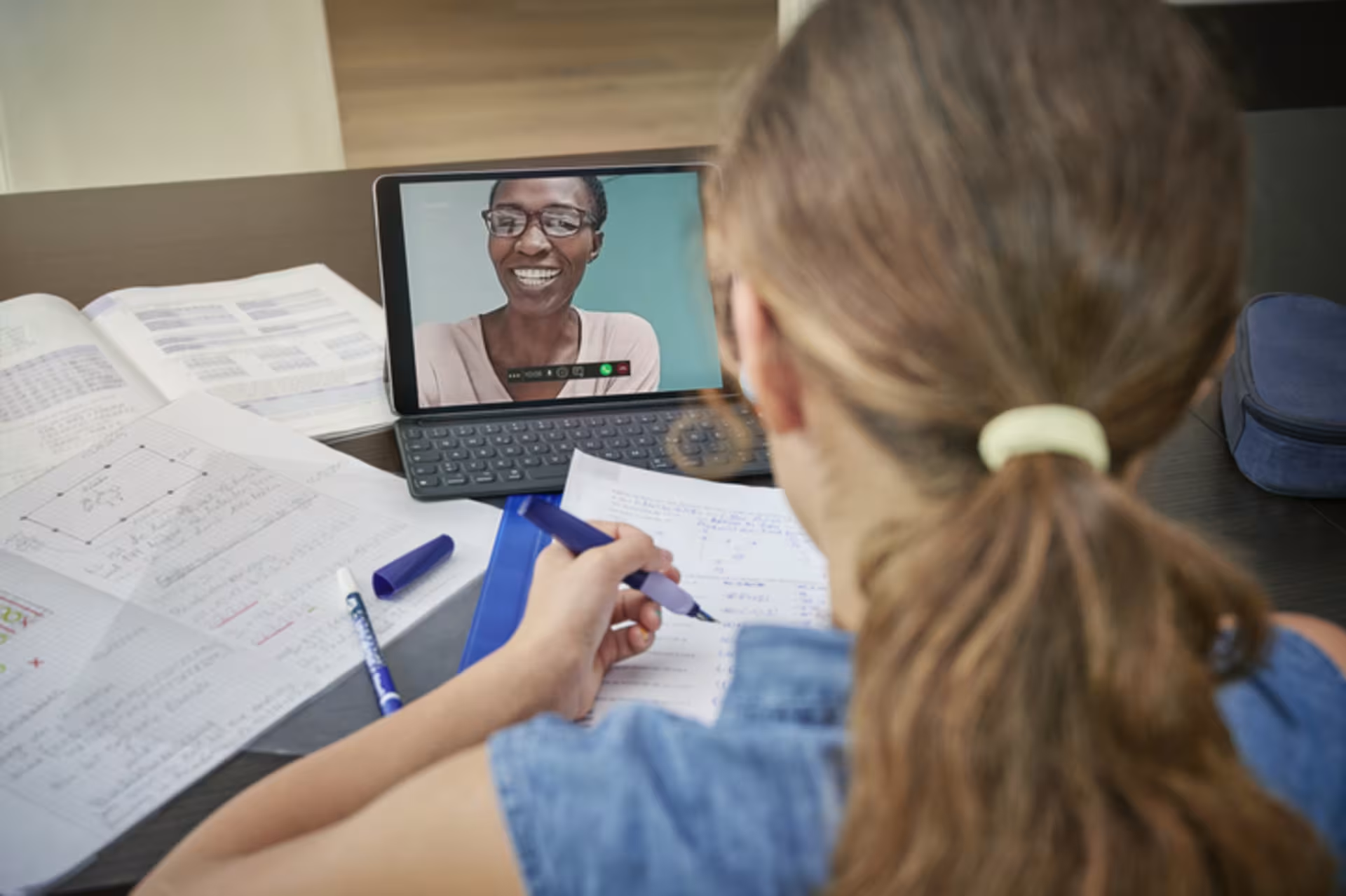Speak with a University Counselor today.
The views and opinions expressed in this article are those of the author’s and do not necessarily reflect the official policy or position of Grand Canyon University. Any sources cited were accurate as of the publish date.

Imagine you are starting a virtual lesson. You turn on your camera and you hear the ping of students joining class, but instead of a student's face, all you see is a black box with a name. The human connection of hearing a voice and seeing a face is important to teachers and students. Teaching during the pandemic has challenged educators with overcoming the black box phenomenon.
Educators were confronted with the difficulties of trying to teach to students who did not turn their cameras on. In some cases, students also did not participate in class discussions. In seeking the visual reward of smiling faces on the other end of the screen, educators have had to call upon all their creativity and innovation skills. So, what do we do to get students to turn on their cameras and respond to us and each other while on virtual platforms? The answer is to activate student engagement which will entice your students to turn on their cameras and participate in class.
When you put your students into groups you activate a team mentality. If you have online and in-person students make a chart that shows who’s in each group; make sure each group has both online and in-person students. Provide the groups with tasks that will earn them points on a weekly basis. For example, one task you can give them is for the online students to turn on their camera during the entire class period in order to earn points. Collaborate with your students in setting up criteria and a weekly prize for the winning group. I know there are students who do not want to show their faces online, so you may consider allowing them to gain points even if their camera is on but facing something else (such as pointed toward their teddy bear). The groups can function in a variety of ways and continue earning points throughout the class period. An added benefit of this engagement is unifying the class culture when you have a blend of in-person and online students. Be sure to reward your students at the end of the week.
Use your creativity to come up with activities that can be fun to do in class with in-person and/or online students. You can introduce and try an activity at the beginning of the class period after you have taken attendance. After you have introduced the activity, it will probably take the first 10 to 15 minutes of class.
You could start on a Monday and surprise your students with a fun engaging activity. You may want to try to do the same activity for 10 minutes at the beginning of class on Monday and Tuesday, then you can try a new activity on Friday. It can be helpful to poll your students after each of the activities so they can provide a rating of how it went for them or which activities they prefer. Most virtual teaching platforms have a rating tool. Anytime you have an opportunity to engage with your students in a fun and meaningful way, do it. Students really like it when their teachers have fun and mix things up once in a while!
At Grand Canyon University’s College of Education, our teaching and learning cycle provides a structure for reflection for teacher and principal candidates. It provides guidance based on research regarding the professional teaching and learning process and is grounded in our rich Christian heritage. Just as the teacher and principal candidates personally move through the practices of learning, leading and serving, they also progress through the teaching and learning cycle. By doing so, they are better able to have a systematic positive impact on classroom instruction and student learning. Learn more about earning your education degree from GCU and return each week for a new Teaching Tuesday post.